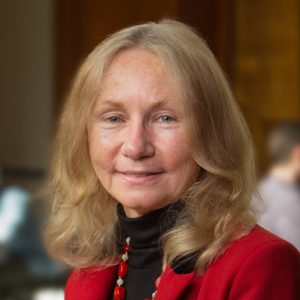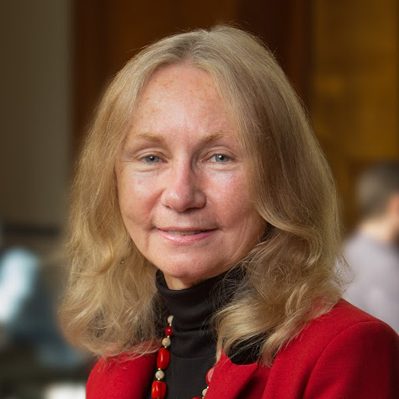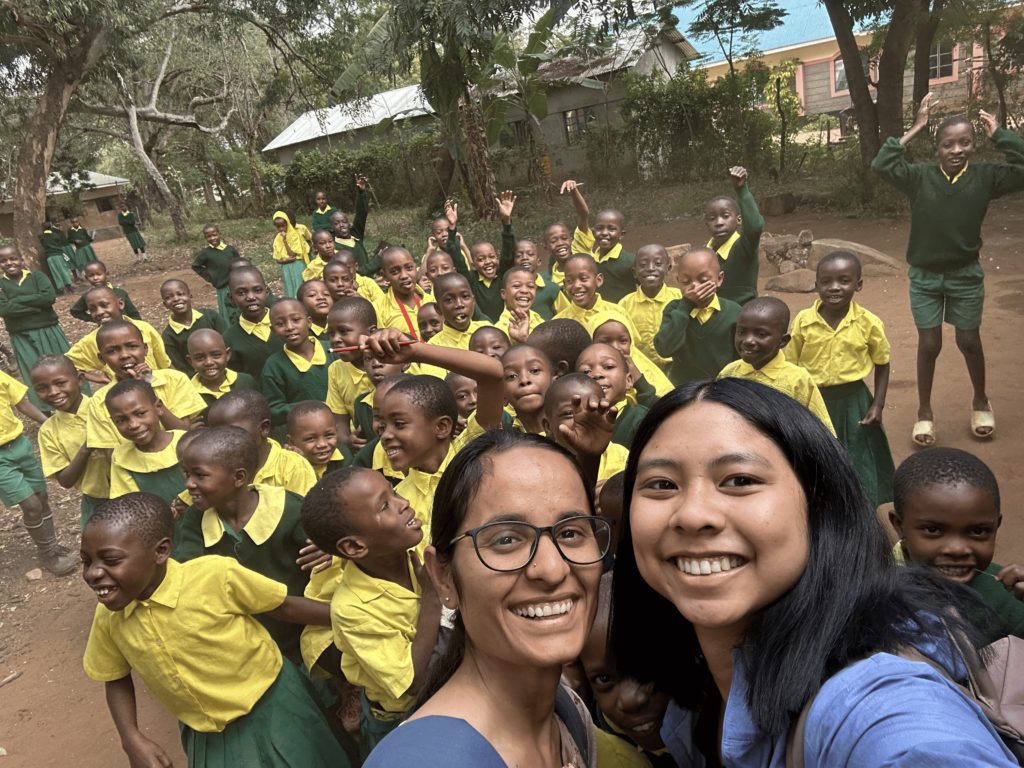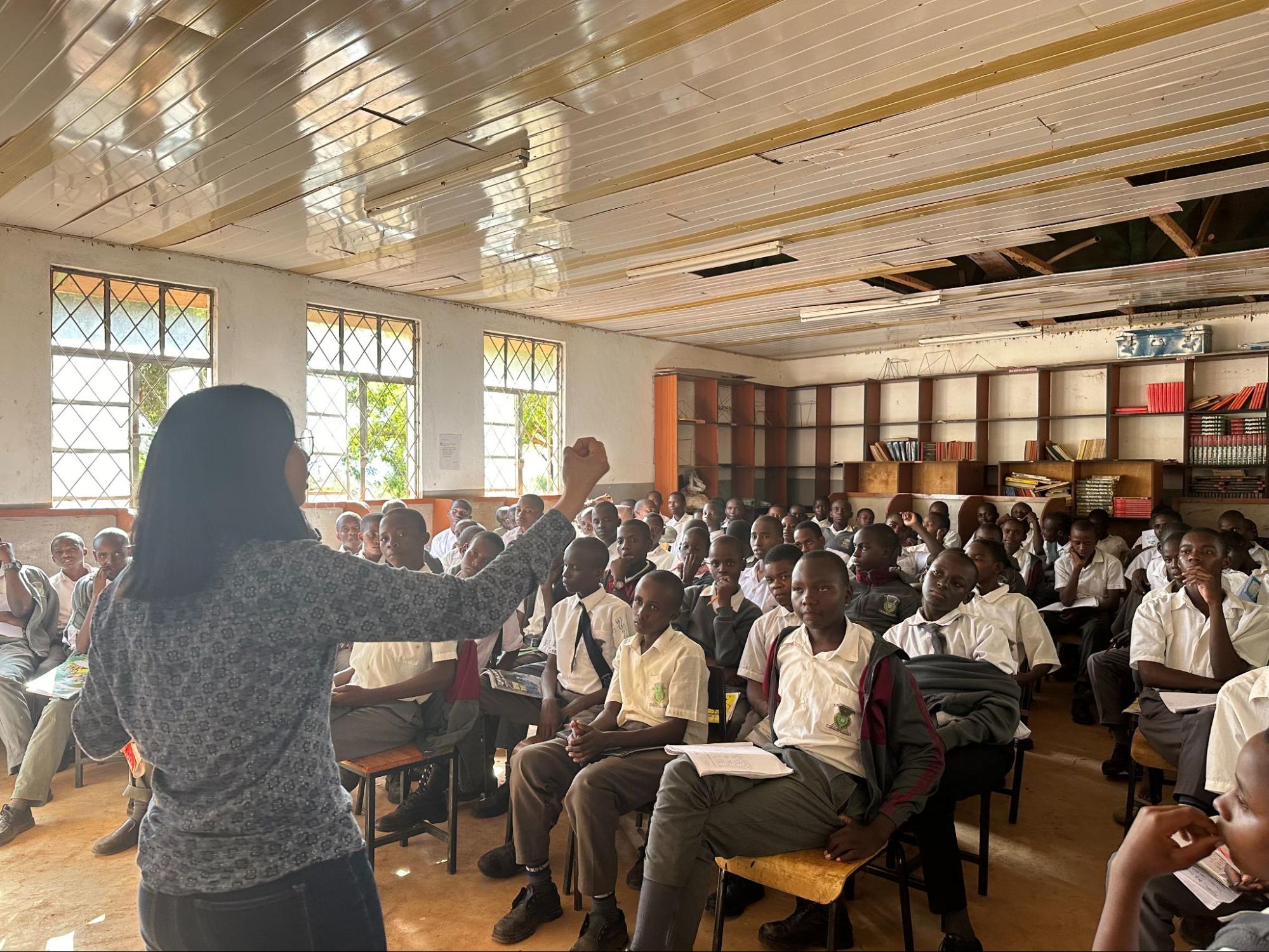By Tamara Straus
 When historians get around to investigating the trials and triumphs of women scientists in the late 20th century, they would do well to spend some time looking at the career of Alice Merner Agogino.
When historians get around to investigating the trials and triumphs of women scientists in the late 20th century, they would do well to spend some time looking at the career of Alice Merner Agogino.
Agogino, the Roscoe and Elizabeth Hughes Professor of Mechanical Engineering at UC Berkeley, was the only female mechanical engineering student in her 1975 graduating class at the University of New Mexico and the first woman to receive tenure in her field at UC Berkeley. She said before she joined the faculty in the mid 1980s, the mechanical engineering department decided to vote on whether a woman professor could teach mostly male students. The department seems to have voted yes, because for 30 years running Agogino has taught a majority of men.
In a meandering interview covering women in science, the new discipline of Development Engineering, and the interests of Millennial students, Agogino, an affiliated faculty member of the Blum Center, admitted that for years she insisted engineering was gender neutral. “Until it just hit me in the head: everything is gendered,” she explained with a peal of laughter. “It wasn’t until I started reading Why So Slow, for example, and did the “Beyond Bias and Barriers” study for the National Academy of Engineering and read all the surrounding literature, which was so scary and shocking, that I realized everything is gendered: what problems you select to work on; who makes the technology decisions; who benefits. There’s hardly anything we do that doesn’t have a gendered and social justice component. Now that my eyes have been opened, I can’t go back. I see it everywhere.”
Agogino explains that not thinking about gender was simply a means for survival—“so that whenever something went wrong, I didn’t internalize what happened and say, ‘It’s because I’m a woman.’” As for her academic interests, she credits her parents. Her father was a professor of anthropology and her mother occupied the rarest of 1950s female professions: physics professor. Agogino grew up in New Mexico and spent a lot of time accompanying her dad on archeological digs, ethnographic studies, and academic meetings. Meanwhile, her mother went about her career duties largely childless, lest she appear unprofessional. “My mother got paid half the wages of the people she supervised when she worked in industry,” recounted Agogino. “She thought that was okay or at least she didn’t complain. That’s how she survived.”
Looking back at her mother’s career trajectory and her own, Agogino joked that a caveat should be made to the logic-based field of decision analysis. Decision analysis stipulates that information always has some value. It can have zero value, but never negative value. In the case of being a lone female in a competitive, male-dominated field, Agogino said, again with laughter, “I’m wondering if that’s always true.” Indeed, she and many women of her generation have gotten ahead by blindly ignoring the evidence of sexism around them.
But that is changing. With ever-quickening pace, educational institutions, tech companies, and government and private funders are starting to worry about the low numbers of women in the fields of Science, Technology, Engineering, and Math—the mighty STEM of 21st-century progress and high paying jobs. The National Science Foundation has been launching various programs to improve the standing of women in sciences after confirming, in a recent study, that men hold 70 percent of jobs in science and engineering professions. An equally pressing concern is the paucity of minorities in STEM fields. African Americans hold only 5 percent of jobs, according to the 2013 NSF report, and Latinos hold a mere 6 percent.
Agogino said the physical manifestations of these percentages have been sitting in her classroom for years. “When I started at Berkeley,” she said, “I would occasionally have classes in which there not a single woman. In required classes, there were about 5 percent women. It went up to 10 percent, and now I think it’s at about 20 percent. I kept thinking: This is crazy!” To see if she could reach greater gender equity, Agogino conducted a pedagogical experiment. In 2003, she developed a freshman and sophomore course called Designing Technology for Girls and Women. The reading and coursework were solid product design for engineering; the only twist was the intended users—females. The central question was: Would you design differently for women and girls? Agogino’s course attracted 90 percent women. She knew she was onto something.
A few years later, she taught the same course, but widened the scope to emphasize diversity. Lo and behold, almost all of the under-represented minorities in the College of Engineering enrolled, as well as many women. That was also when Agogino started to involve herself and her students more in off-campus social impact classes, like the Seguro Pesticide Protection Project, a system of products to protect Central Californian farmworkers from pesticide exposure, and the Pinoleville Pomo Nation renewable energy and sustainability collaboration, in which Cal students and faculty worked with a local Native American tribe to create green housing.
In these efforts, she found numerous interests coming together: projects for social justice and impact; increasing the ranks of female and minorities in her field; and helping to mainstream “design thinking” and “human-centered design”—two product design approaches that focus on the needs of users or consumers to create more innovative, effective, and sustainable products and solutions.
For these efforts, Agogino has been widely recognized. She just won the 2015 ASME Ruth and Joel Spira Outstanding Design Educator Award “for tireless efforts in furthering engineering design education.” She has been named Professor of the Year, and received Chancellor Awards for Public Service, a Chancellor’s Award for Advancing Institutional Excellence, and a Faculty Award for Excellence in Graduate Student Mentoring. She was elected a Fellow of the American Society of Mechanical Engineers, has won many best paper awards, been honored with a National Science Foundation Distinguished Teaching Award and a AAAS Lifetime Mentor Award, the latter for increasing the number of women and African- and Hispanic-American doctorates in mechanical engineering. Her work in decision-analytic approaches to engineering design led to a whole new field of research, and her research in mass customization became a patent-buster for licenses in database-driven Internet commerce. So thank her when you don’t pay a licensing fee to purchase something on the Web.
When asked what she would have done differently, Agogino quipped: “I would have avoided administrative positions and assignments that were not valued. I would have asked for maternity benefits.”
These days, Agogino is focusing some of her energies on creating a new field, Development Engineering, whose mission is to reframe development and the alleviation of poverty by educating engineering and social science students to create, test, apply, and scale technologies for societal benefit. Agogino said Development Engineering students are learning “21st century skills”—interdisciplinary, team-based methods that are oriented to seeing problems from multiple viewpoints (quantitative, qualitative, ethnographic) and applying them through entrepreneurial pathways. The first year of courses, which Agogino co-taught with Business Professor David Levine with support from the Blum Center, attracted record numbers of women and minority graduate students. The reasons, said Agogino, are not mysterious. “They want to use technology for good.”
Agogino added that students and faculty are embracing Development Engineering for a host of other reasons. For faculty, there is now an academic infrastructure for work that had been relegated to weekend projects—work in developing regions that was neither recognized or supported by their specific fields. “We now have a dozen departments represented,” she said. “And there is real joy in working with faculty who care about these issues and want to move forward by learning from each other.”
Yet the greatest push for the Development Engineering PhD minor, said Agogino, has come from graduate students who want the university to create a clearer academic trajectory for interdisciplinary research for social impact. “I have had PhD students who have felt they were demeaned because their research did not fit into traditional engineering pathways,” said Agogino. “This will be changing, due to the scholarship of Development Engineering.”
Yet Agogino does not expect Development Engineering students to have traditional career pathways. They will work for startups, government agencies, nonprofits, universities, and multinational companies, she said, and probably jump around a lot. This risk-taking outlook coheres with what Agogino sees among her other UC Berkeley students. “The climate and push for innovation is coming from the Millennials,” she said. “They’re willing to take risks. They’re willing to forgo instant gratification to do other things that they find exciting, and some of that happens to be in the social arena.”
Agogino explained that she gets behind these students because they want to fight the status quo. They also likely remind the trailblazing professor of herself.




